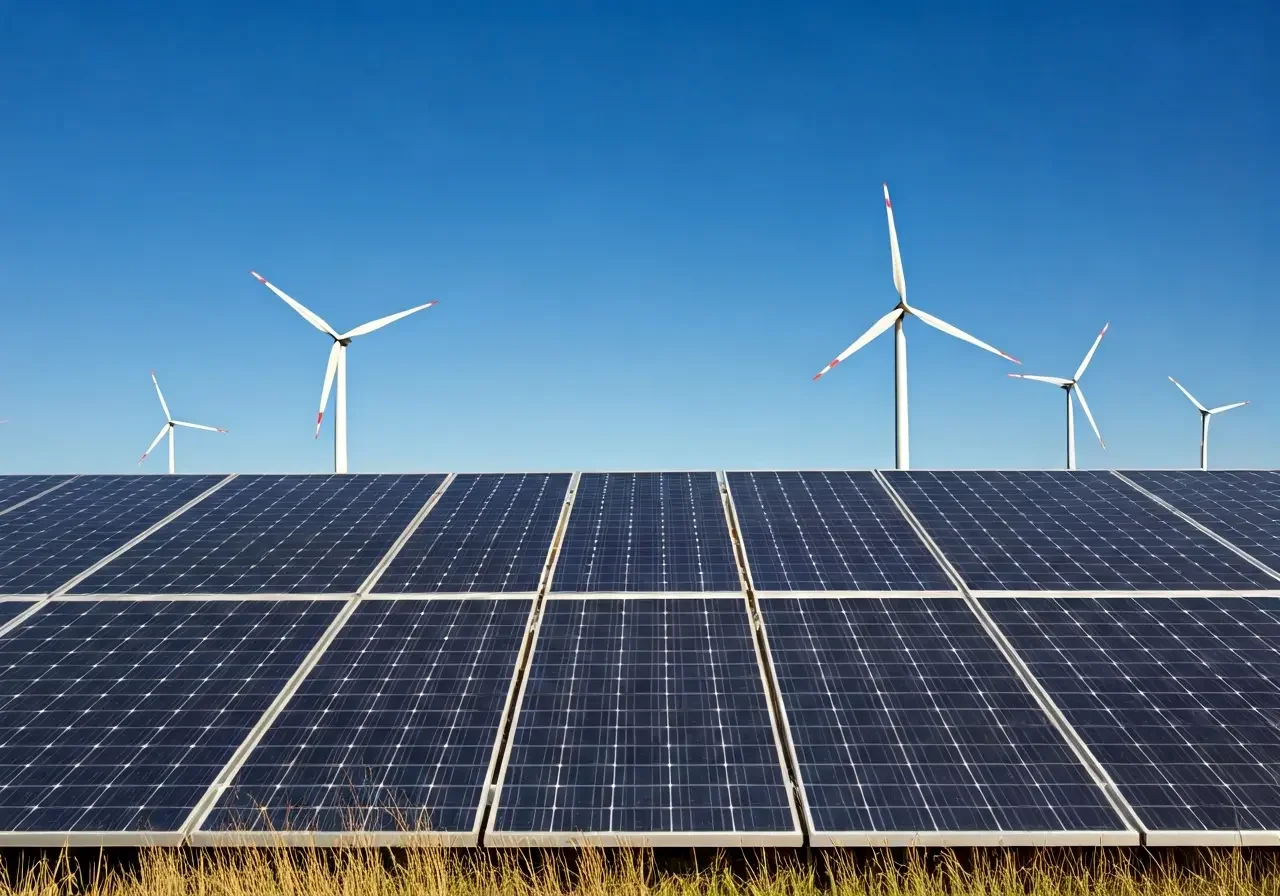What is the Difference Between Renewable and Clean Energy?
Energy is a part of our everyday lives, powering our homes, businesses, and everything in between. But as we become more environmentally conscious, terms like 'renewable energy' and 'clean energy' are becoming increasingly important. While they are often used interchangeably, they represent different concepts. This FAQ will help clarify these terms and explain how they contribute to a sustainable future.
What is Renewable Energy?
Renewable energy is energy derived from natural sources that replenish themselves over short periods of time. This includes solar, wind, hydroelectric, and geothermal energy. These resources are considered virtually inexhaustible on a human timescale and are essential in reducing dependency on fossil fuels.
One major benefit of renewable energy is its ability to provide a stable energy supply without the threat of depletion. Solar panels, for instance, harness energy directly from the sun, making it both abundant and sustainable. The technology behind solar power means that as long as the sun shines, humanity can tap into this clean energy source.
Wind energy also plays an essential role in renewable energy production. Utilizing turbines, wind energy converts kinetic energy from wind into electricity. This process not only helps in reducing carbon emissions but also complements solar energy by providing power when solar outputs are low.
What is Clean Energy?
Clean energy refers to energy sources that produce little to no pollution or greenhouse gas emissions. While many clean energy sources are also renewable, such as solar and wind, not all clean energy is renewable. For example, nuclear energy is considered clean because it produces minimal emissions but is not renewable.
Another example of clean energy is hydropower, which harnesses water in motion—such as water flowing over a waterfall—to generate electricity. Like nuclear energy, it produces very low emissions, making it a valuable clean energy source despite concerns about environmental impacts on aquatic ecosystems.
Furthermore, advancements in technology have allowed for the development of clean natural gas, which is a cleaner-burning fuel compared to traditional coal or oil. This helps in bridging the gap as we transition towards completely renewable energy systems.
Key Differences Between Renewable and Clean Energy
The main distinction lies in their environmental impact and source availability. Renewable energy focuses on resource sustainability, while clean energy emphasizes low emissions. While they often overlap, some energy sources may fit one category but not the other.
For instance, while both wind and solar energy are renewable, they can also be considered clean due to their negligible emissions. However, the definition of clean energy extends to technologies like nuclear energy, which don’t deplete resources at the same rate as renewable energy but are crucial in reducing greenhouse gases.
Understanding these differences helps in planning effective energy policies. Policymakers aim to strike a balance, utilizing both clean and renewable technologies, to decrease reliance on fossil fuels while ensuring consistent and sustainable power generation.
Why Both Are Important
Both renewable and clean energy are vital in the fight against climate change. They help reduce reliance on fossil fuels, decrease greenhouse gas emissions, and promote energy independence. Understanding and utilizing a combination of these energy sources is crucial for achieving global sustainability goals.
In regions heavily reliant on fossil fuels, transitioning to renewable energy can significantly cut carbon footprints. However, during this transition, clean energy sources can fill the gaps, maintaining energy security while reducing emissions.
By employing a mix of renewable and clean energy, nations can foster energy independence, enhance economic stability by reducing energy imports, and invest in innovative energy solutions that cater to their specific geographic and economic contexts.
Embracing Both Renewable and Clean Energy for a Sustainable Future
Understanding the distinction between renewable and clean energy is essential for making informed decisions about our energy consumption. While both play critical roles in reducing environmental impact and promoting sustainable development, they encompass different technologies and approaches. By embracing both renewable and clean energy solutions, we can collectively work toward a more sustainable and cleaner future by exploring our offerings here.


